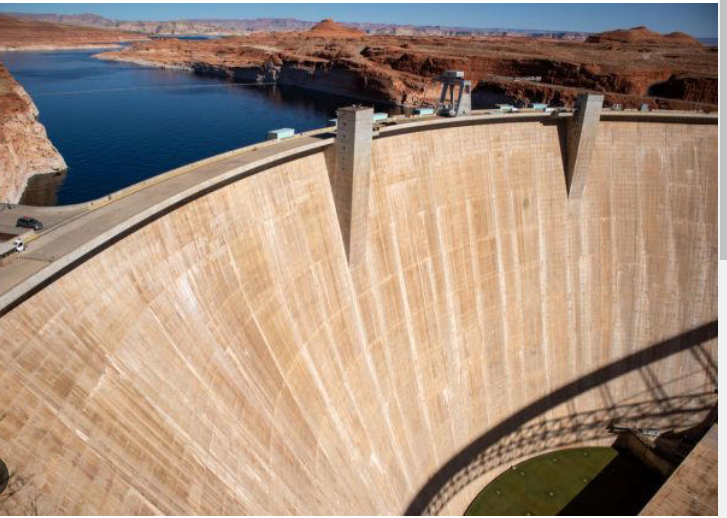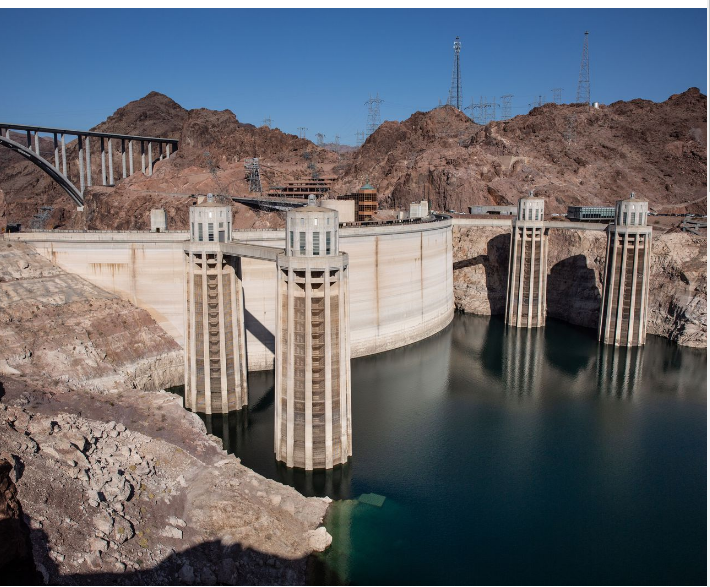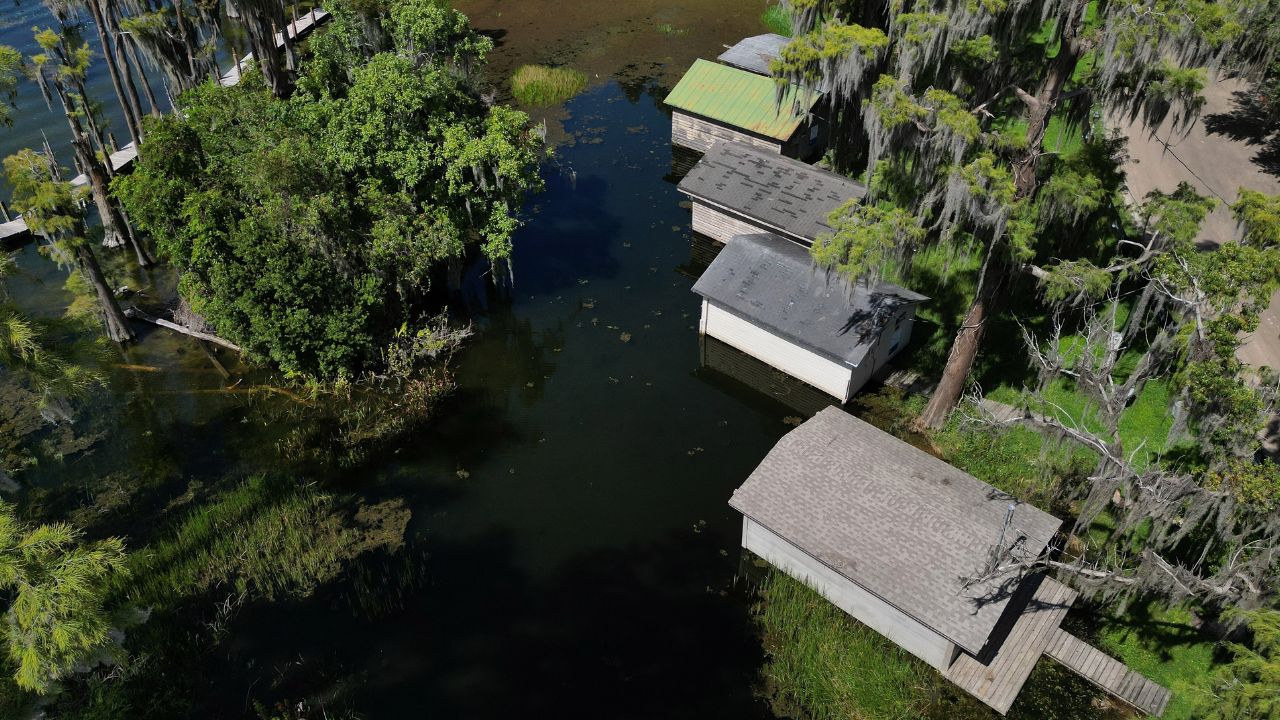Lake Powell, a monumental human-made reservoir formed by the Colorado River and Glen Canyon Dam in 1963, has been facing a dire situation for nearly a year. The region has been grappling with a megadrought since 2000, exacerbated by unsustainable water usage practices. Despite some increases in water levels, concerns persist, and the implications of its continued decline are profound.
The primary worry is the looming threat of reaching a “dead pool” level of 3,370 feet, a point where the hydropower dam would be rendered inoperable. With all 10 of the lake’s lowest recorded readings occurring in March and April, and recent measurements dropping below 3,520 feet, the urgency of the situation is palpable. As of Thursday, the water level stood at 3,564 feet, leading to significant accessibility issues at boat launch ramps and other sites.
Lake Powell shares its plight with Lake Mead, located a couple of hundred miles away in Nevada and Arizona. As the two largest reservoirs in the United States, they are critical for providing water and electricity to millions of residents across multiple states. Lake Powell alone supports 5.8 million households and businesses, while Lake Mead powers 1.3 million Americans.
The potential consequences of reaching the dead pool are catastrophic. Anthony F. Arrigo, an expert on the dam, emphasized the indispensable role of the Hoover Dam and the broader dam system along the Colorado River in sustaining life in the southwest U.S. Without these dams, much of the region would become virtually uninhabitable. Tribes, farms, and cities downstream would face dire consequences, with Los Angeles and agricultural production, such as salad greens, cited as potential casualties.

Addressing the crisis requires both short-term and long-term strategies. In the immediate future, there is a pressing need for Colorado River water users to reduce their consumption by approximately 30%. However, achieving consensus on the distribution of these reductions among the seven U.S. states and two Mexican states reliant on the Colorado River remains a challenge.
Looking ahead, mitigating the impacts of climate change is imperative. As the region continues to warm, the water crisis will only worsen, underscoring the importance of reducing carbon emissions.
Various proposals have been put forth to alleviate the crisis, including digging tunnels around the dam, restoring the river’s flow, or decommissioning the dam altogether. While these options present their own challenges and trade-offs, they underscore the urgency of finding sustainable solutions to ensure the long-term viability of the Colorado River system.
Read More News:
- Texas Protestors Rally in Support of Rep. Darby Amidst Abbott and Bradley Remarks
- The River Palm Terrace: New Jersey’s Premier Steakhouse Recognized Nationally
- Georgia Governor Kemp Warns of Consequences for 2024 Presidential Election
In the face of this existential threat, concerted efforts and innovative approaches are essential to navigate the crisis and safeguard the future of Lake Powell and the communities that rely on it.






